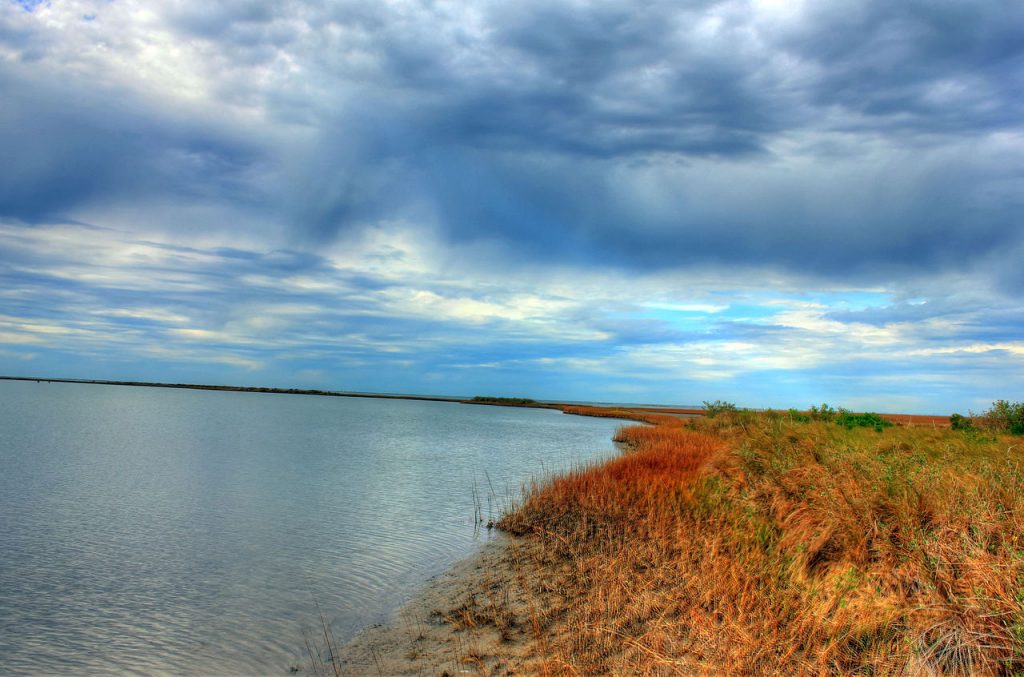Will ITC spill harm Galveston Bay? Oceanographers analyze samples

Oceanographers from Texas A&M University observed abnormal water quality conditions in multiple locations in the Houston Ship Channel and northern Galveston Bay during a regularly scheduled research cruise March 23. However, they will not know whether toxic compounds were in the water until sample analyses are completed, in about two weeks.
This research team has been collecting water and air quality samples quarterly in Galveston Bay since June 2017. The pre-scheduled March 23, 2019, sampling cruise happened to occur after an incident on March 17 at the Intercontinental Terminals Company (ITC) Deer Park facility, in which a storage tank caught fire, resulting in a large smoke plume. The situation developed into further fires, with organic compounds breaching containment barriers and flowing as runoff into waters near ITC that flow into the Houston Shipping Channel.
“At our Station 13 [just south of Atkinson Island in Galveston Bay], when our sampling crew retrieved water samples, the water left a waxy residue on their hands, which indicates the presence of some kind of organic compounds in the water, likely derived from the ITC runoff,” said Department of Oceanography Assistant Professor Jessica Fitzsimmons, who led the cruise as chief scientist. “Since this is our eighth time sampling here in two years, we know that the water in Galveston Bay doesn’t usually leave a waxy residue.”
Organic compounds are chemicals containing carbon; some organics are toxic while many, like soap, are non-toxic. Soap, gasoline, and petrochemical products are examples of organic compounds. The ITC storage facility houses organic compounds in large storage tanks, particularly petrochemical products, she said.
“We don’t know exactly what compounds were in the water, but we know from the water’s texture that organics were present and from their location that these organics had traveled down the Houston Shipping Channel, likely from ITC, all the way to Galveston Bay, beyond the area closed by the U.S. Coast Guard,” Fitzsimmons said. “We did not observe any water colored black from oil, but we did observe clear compounds appearing as shiny slicks on the surface waters of the bay. Those are the organic compounds.”
The Texas A&M researchers, led by Fitzsimmons and including Oceanography Department Head Shari Yvon-Lewis and Professor Gerardo Gold Bouchot, collected air and water quality samples aboard the R/V Trident, a Texas A&M Galveston-owned ship.
This ongoing research project is funded by a T3-Triad Grant from Texas A&M, as well as a grant from the Texas A&M University System Chancellor’s Research Initiative, which funded the ship time.

